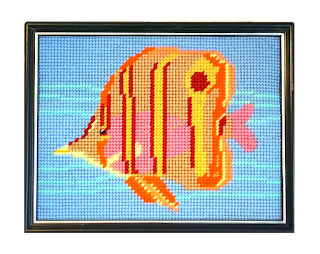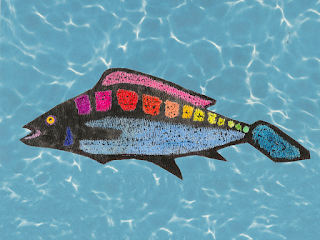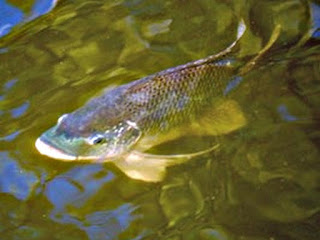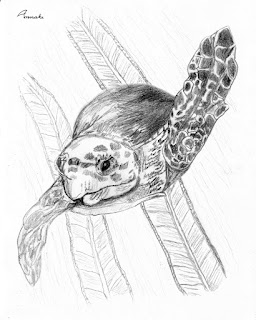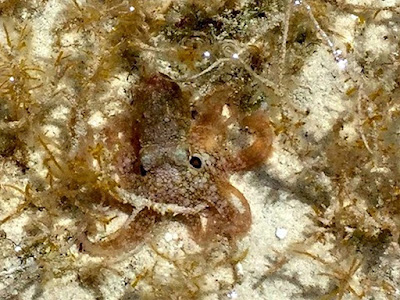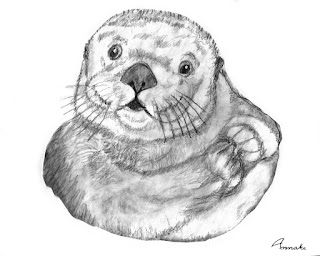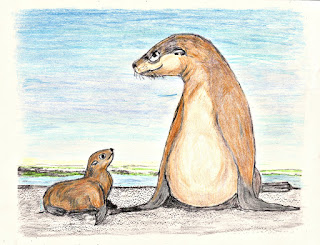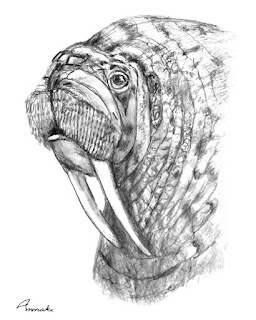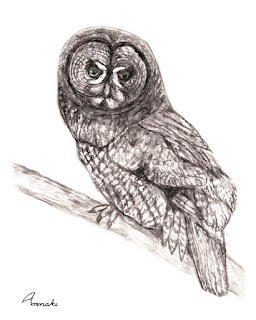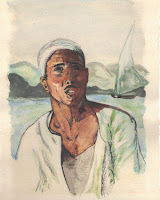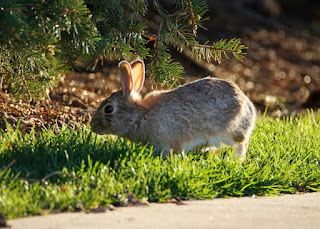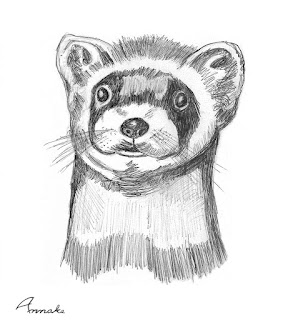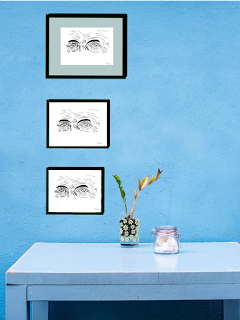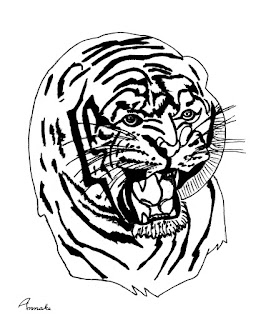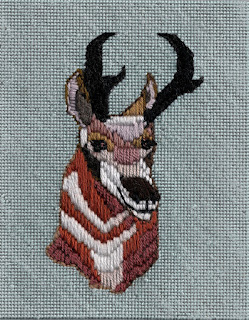Dear Readers,
Welcome to Earth Day, 2019.
Annake: In 1967 I was teaching science in a secondary school not far from Washington, D.C. I was privileged to work on a committee that developed a mandate to include the Earth Sciences — Astronomy, Geology, Meteorology and Oceanography — in science education for grade levels K through 12 all across the United States. We also developed standards for the most important topics to be taught at the various levels. We did a massive amount of research for this project. Much of what we learned, particularly in meteorology and oceanography, we found very distressing. We agreed that much more attention needed to be paid to climate change, air pollution, water pollution, ocean pollution and vanishing species. Our program was approved. Many publishers vied to make good textbooks for the program. I still have a couple of those "first edition" textbooks.
We put the program to work the following year. Quite a number of our students were interested in the issues we raised and went on to take follow-up courses in college. A few even chose one of those fields for his or her profession. Unfortunately, not enough people listened to us or to the scientists whose work we respected and described. That was more than half a century ago. These are not new issues.
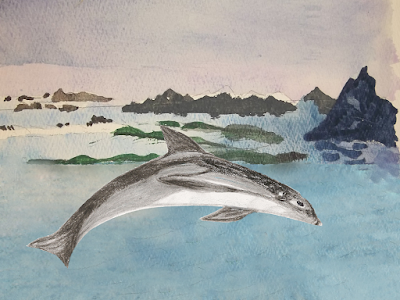 |
| ... and Oceanography |
Now hardly a day passes that we don't see pictures of some large-scale disaster or hear cautions about new ones yet to come — some of them in the very near future. We assumed that the Earth had such riches that we could exploit them forever. We thought that the oceans were so huge and so deep that nothing that we did to them would make any difference. We imagined that huge numbers of species of plants and animals could go extinct and it wouldn't matter to us.
Well, we were wrong!
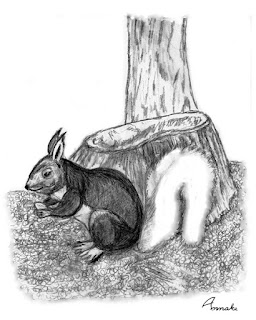 |
| Kaibab Squirrel |
I don't have grandchildren. If I did, I would be worried that their children would not know the beautiful creatures of the Rocky Mountain West (much less those of the rest of the world) except from the pictures that I, their great-grandmother had drawn for them. They might never know the joy of watching a young eagle swoop and dive, riding the thermals just for fun. Or see a native trout swim up through clear water to snatch a fly from the surface. Or see a family of mountain goats dash nimbly down a steep rock face. Or see Kaibab squirrels frisking along the rim of Grand Canyon.
I cannot fight on all the ecological fronts, but I have chosen to use my art, my writing, and my voice to support efforts to protect, preserve, and propagate the wonderful creatures we still have around us. That is my Earth Day promise.
ANNAKE
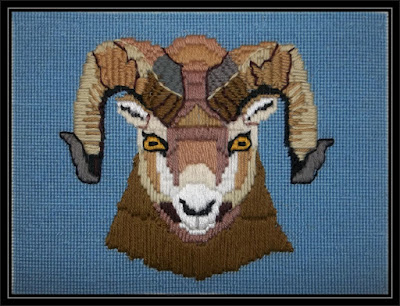 |
| Rocky Mountain Bighorn, needlepoint by Annake |
J.D.: In the early 1970’s, I spent a year taking classes on one of the University of Colorado campuses. Two courses stand out in my memory: Environmental Economics and Biogeochemical Cycles. In the first, we ran cost-benefit analyses on the pluses and minuses of various environmental policies. In the latter class we examined the interaction between all of those systems and cycles we were exposed to in high school science classes – like the Krebs cycle, or the eleven-year cycle of sunspot activity.
A half-century after completing those classes, two conclusions have stuck with me: first, when you stack simple systems one on top of the other, and then hook them together, things get very complicated and hard to predict. Second, when it comes to building, maintaining, and modifying complex systems that are robust, redundant, and efficient, Nature does an
infinitely better job than humans.
So, when it came time to make an appeal to preserve and conserve the ecology of this planet and the multitude of endangered species we share it with, I decided I would simply speak to your self-interest.
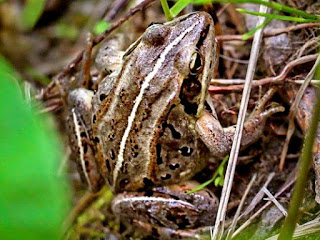 |
| Wood Frog |
Amphibians — frogs, toads, and salamanders — as an order are under massive threat of extinction. Species after species are suffering huge population losses, and we don’t understand why in a lot of cases. Why should we care about a bunch of small, slimy, cold-blooded creatures? They aren’t a potential food source, they aren’t cute and cuddly, most of them aren’t even pretty. Why should we spend our limited resources on trying to save them when other things demand our immediate attention?
Many amphibians can regrow lost limbs and we don’t know yet how they do it. Researchers are racing to learn all they can before their study subjects disappear. Many species of amphibians estivate: they survive in a state of “suspended animation” through extended periods of extreme climate conditions with minimal signs of life, then miraculously emerge when conditions improve. You don’t have to stretch your imagination very far to see the medical benefits to you, personally, of being able to regrow a lost or damaged limb or survive a crisis in suspended animation.
 |
| Endangered Buckwheat |
Let's consider plants. There is an extremely threatened type of wild buckwheat in western Colorado that grows in alkaline clay, a notoriously tough soil to get anything to grow in. Buckwheat is a good food plant (just try some buckwheat pancakes, they’re delicious) and this particular variety of plant has been observed hosting over fifty different pollinator species, which local crops may depend on with the spread of honeybee diseases.
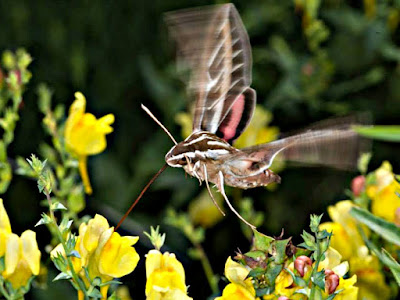 |
| Hummingbird Moth, a pollinator native to Colorado |
 |
| Endangered Milk Vetch |
Also in our region of the state there are two highly endangered species of milk vetch, an unlovely name for a pretty ordinary-looking plant. Vetches are members of the pea family, so they fix nitrogen in the soil to keep it fertile. One of these species also concentrates selenium in its parts. Selenium is an important micro-nutrient that is essential for people in small doses, but harmful in higher concentrations — fish from many impoundments in Colorado are inedible due to selenium from agricultural runoff. Milk vetches are members of the genus
Astralagus, the same sort of plants as what’s in the herbal supplement section in your grocery store. It's been used for centuries to treat a variety of human ills. Who knows what medical benefits we might miss out on if these plants are lost.
There you have my argument for supporting endangered species preservation: no blaming, no fuzzy New Age philosophy, no moral arguments; just cold, simple logic. Your ability to grow food, treat your ills and injuries, have safe water to drink, even air to breathe, could depend on plants and animals that are close to being gone forever. We need to save these organisms and every one that we can of thousands more because our very existence may depend on them. We don’t know nearly enough to replace them or bring them back when they’re gone.
J.D.
J.J.: Greetings to the readers of
Cuttings from Annake’s Garden. I'm J.J. I'm so pleased to make your acquaintance. I understand that you have "met" me through some of my photographs. Thank you for your positive comments about them. Positivity is very important to me. Like Annake and J.D., I am a blogger. Since this is Earth Day, it seems like the perfect time to tell you about my work and to explain why I do it.
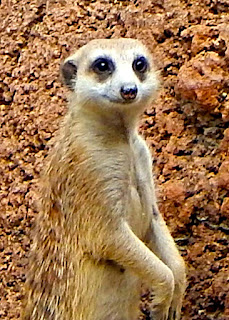 |
| Meerkat |
After I became discouraged with seeing all the negative posts on Facebook™, I made a commitment to share only Positive posts on my Timeline, letting it be known that my Timeline needed to be a place anyone could come to, from teen to great grandparents; knowing they would not have to see negativity, but instead be uplifted by Positive shares. That was when I created Facebook™ Critter Friends (FBCF). ("Critter" is simply a term of endearment encompassing all animals, including our pets.) It did not start off with a bang, as it was not your typical project. It was NOT a charity, nor a fundraiser, you were NOT expected to go out and adopt a pet. In fact, you needn't even have a pet, as this was about the love of critters and the fact that anyone could participate. It confused people as they thought there must be a catch. However, the only stipulation to participate in FBCF was (and is) to change your profile picture to that of a pet or critter for one day.
 |
| Cheetah cubs |
The FB Critter Friends Albums belong to everyone who has participated, by having a critter as their profile picture. Some critters are wild and funny, some are sentimental, perhaps a share of a beloved pet who has passed over the Rainbow Bridge. I've invited artists and photographers, thinking what a positive way to
showcase their work. The result is not only the Critter albums, it is much, much more! We have an awesome group of loving, caring people, who may not use the same spoken language, yet understand the universal language of respect and love of our Critter Friends. If you are a positive person, who promises to share with no negativity towards animals, you are a perfect FB Critter Friend.
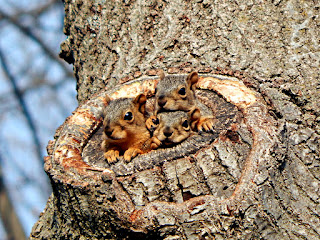 |
| "Are You Nuts?", photo by J.J. |
I work on many albums daily. Humans and critters are similar in surprising and wonderful ways. We have a Rainbow Bridge album where we recognize our beloved pets who have gone on before us. We have albums which show kids and critters, different species who get along just fine, older humans and critters, a black and white album, as well as a colorful critter album. There are some informative albums, fantasy albums, oceanic critters, butterflies. My favorites are the ones that make people smile.
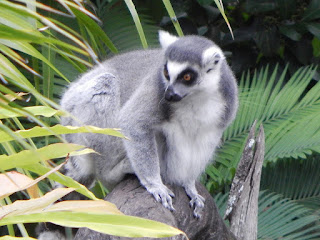 |
| Endangered Lemur |
I do see more Positive signs in the treatment of critters and the attitudes toward them. More people than ever are concerned about endangered species all over the world. There are more and more groups working to help those displaced by natural disasters and to find them Forever Homes. Scientists are really studying how critters do the amazing things they do and are even using what they have learned to make people's lives better. For example, look at all the dogs and others that have become service animals. People pledge more money for rescue and adoption efforts. Zoos are no longer just for entertainment, but now serve as educational institutions and places where endangered species are not only protected, but also able to grow their numbers so that someday they can, hopefully, be returned to the wild.
The goal, of course, is to teach people to love and respect critters. There is so much to learn from them. And new species are being discovered and identified all the time. My goal is to help educate so that generations from now, the critters we learn to love will no longer make lists for endangered or extinct species. I, for one, cannot imagine a world without critters.
J.J.
Best Wishes to all of you, for a Happy Earth Day!
 This post by Annake's Garden is licensed under a Creative Commons Attribution-NonCommercial-ShareAlike 3.0 Unported License.
This post by Annake's Garden is licensed under a Creative Commons Attribution-NonCommercial-ShareAlike 3.0 Unported License.







